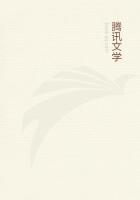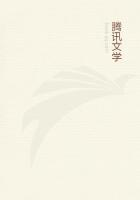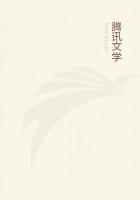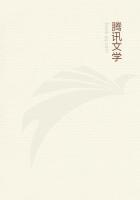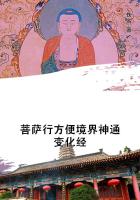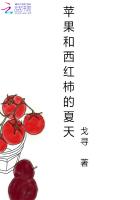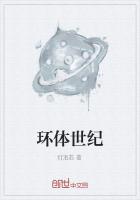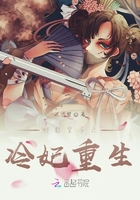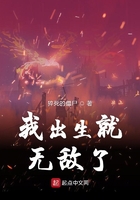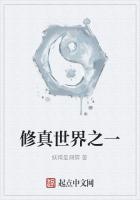You are now ready to bring the two planes together.
Begin by inserting the stanchions in the sockets in the lower plane. The ends may need a little rubbing with sandpaper to get them into the sockets, but care must be taken to have them fit snugly. When all the stanchions are in place on the lower plane, lift the upper plane into position, and fit the sockets over the upper ends of the stanchions.
Trussing with Guy Wires.
The next move is to "tie" the frame together rigidly by the aid of guy wires. This is where the No. 12 piano wire comes in. Each rectangle formed by the struts and stanchions with the exception of the small center one, is to be wired separately as shown in the illustration.
At each of the eight corners forming the rectangle the ring of one of the eye-bolts will be found. There are two ways of doing this "tieing," or trussing. One is to run the wires diagonally from eye-bolt to eye-bolt, depending upon main strength to pull them taut enough, and then twist the ends so as to hold. The other is to first make a loop of wire at each eye-bolt, and connect these loops to the main wires with turn-buckles. This latter method is the best, as it admits of the tension being regulated by simply turning the buckle so as to draw the ends of the wire closer together. A glance at the illustration will make this plain, and also show how the wires are to be placed. The proper degree of tension may be determined in the following manner:
After the frame is wired place each end on a saw-horse so as to lift the entire frame clear of the work-shop floor. Get under it, in the center rectangle and, grasping the center struts, one in each hand, put your entire weight on the structure. If it is properly put together it will remain rigid and unyielding. Should it sag ever so slightly the tension of the wires must be increased until any tendency to sag, no matter how slight it may be, is overcome.
Putting on the Cloth.
We are now ready to put on the cloth covering which holds the air and makes the machine buoyant. The kind of material employed is of small account so long as it is light, strong, and wind-proof, or nearly so. Some aviators use what is called rubberized silk, others prefer balloon cloth. Ordinary muslin of good quality, treated with a coat of light varnish after it is in place, will answer all the purposes of the *******.
Cut the cloth into strips a little over 4 feet in length.
As you have 20 feet in width to cover, and the cloth is one yard wide, you will need seven strips for each plane, so as to allow for laps, etc. This will give you fourteen strips. Glue the end of each strip around the front horizontal beams of the planes, and draw each strip back, over the ribs, tacking the edges to the ribs as you go along, with small copper or brass tacks. In doing this keep the cloth smooth and stretched tight. Tacks should also be used in addition to the glue, to hold the cloth to the horizontal beams.
Next, give the cloth a coat of varnish on the clear, or upper side, and when this is dry your glider will be ready for use.
Reinforcing the Cloth.
While not absolutely necessary for ******* purposes, reinforcement of the cloth, so as to avoid any tendency to split or tear out from wind-pressure, is desirable. One way of doing this is to tack narrow strips of some heavier material, like felt, over the cloth where it laps on the ribs. Another is to sew slips or pockets in the cloth itself and let the ribs run through them. Still another method is to sew 2-inch strips (of the same material as the cover) on the cloth, placing them about one yard apart, but having them come in the center of each piece of covering, and not on the laps where the various pieces are joined.
Use of Armpieces.
Should armpieces be desired, aside from those afforded by the center struts, take two pieces of spruce, 3 feet long, by 1 x 1 3/4 inches, and bolt them to the front and rear beams of the lower plane about 14 inches apart.
These will be more comfortable than using the struts, as the operator will not have to spread his arms so much. In using the struts the operator, as a rule, takes hold of them with his hands, while with the armpieces, as the name implies, he places his arms over them, one of the strips coming under each armpit.
Frequently somebody asks why the ribs should be curved. The answer is easy. The curvature tends to direct the air downward toward the rear and, as the air is thus forced downward, there is more or less of an impact which assists in propelling the aeroplane upwards.

